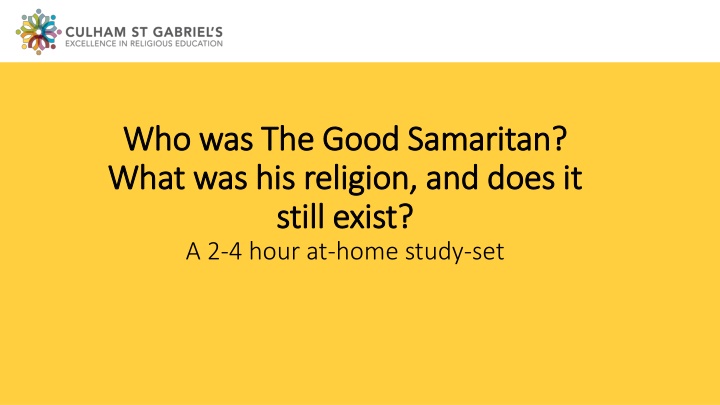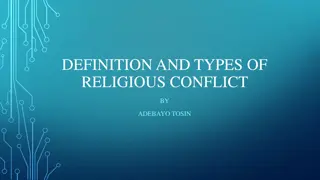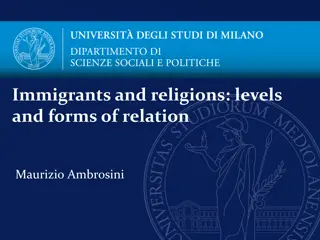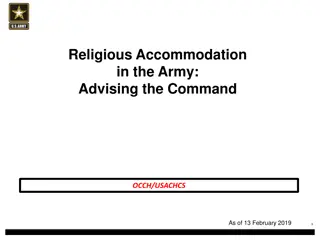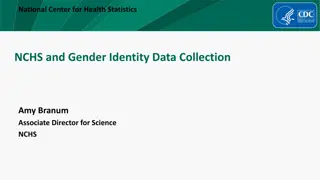The Good Samaritan: Religious Identity & Justice
Uncover the religious identity of the Good Samaritan and its relevance today. Dive into the parable, Christian perspectives on justice, and its impact on society. Gain insights from GCSE Catholic Christianity studies in a 2-4 hour at-home session.
Download Presentation

Please find below an Image/Link to download the presentation.
The content on the website is provided AS IS for your information and personal use only. It may not be sold, licensed, or shared on other websites without obtaining consent from the author.If you encounter any issues during the download, it is possible that the publisher has removed the file from their server.
You are allowed to download the files provided on this website for personal or commercial use, subject to the condition that they are used lawfully. All files are the property of their respective owners.
The content on the website is provided AS IS for your information and personal use only. It may not be sold, licensed, or shared on other websites without obtaining consent from the author.
E N D
Presentation Transcript
Who was The Good Samaritan? Who was The Good Samaritan? What was his religion, and does it What was his religion, and does it still exist? still exist? A 2-4 hour at-home study-set
Introduction This at-home study-set is suited to various parts of GCSE Catholic Christianity and Christianity options. It provides material relevant to exam questions about why working for justice or love of neighbour is important to Christians, and / or Christian perspectives on equality or religious discrimination. It should extend students knowledge and understanding beyond the standard text books. Find (and it may be useful to print) the report of Fanny Urien-Lefranc s research at https://www.reonline.org.uk/research/the-good-samaritan-what-was-his-religion-and- does-it-still-exist/. A related useful resource is Kevin s Blog at https://www.reonline.org.uk/blog/who-was- the-good-samaritan-what-was-his-religion-and-does-it-still-exist/.
Introduction (2) Put the research report and blog to one side for now. On the next slide, we ll turn to a GCSE question. (Teachers, the question is an EDEXCEL specification B sample, so you may want to adapt it to your own board before students attempt it. ) Students, when you ve worked through the slide, you can write your answer to the GCSE question and email it to your teacher for assessment.
On the left we have a sample GCSE question. You can refer to the Parable of the Good Samaritan in answering it. You probably know the parable, but look it up at Luke 10:25-37 and read it carefully. Note some features clearly: 1. Jesus tells the story to illustrate the answer to the question what must I do to inherit eternal life? 2. The law mentioned is the Jewish religious law. 3. Those who walk past are a priest and a Levite, a kind of religious official. 4. The two reasons why working for justice is important for Christians are that Jesus teaches you to that s the point of the parable, to help those in need and that you will enter heaven (inherit eternal life) if you do. Pause before you write your answer and check the examiner s mark scheme on the next slide. Stage 1: Setting the scene Explain two reasons why working for justice is important for Christians. In your answer you must refer to a source of wisdom and authority. (5)
Stage 1: Setting the scene (2) Award one mark for each reason/belief. Award further marks for each development of the reason/belief up to a maximum of four marks. Award one further mark for any relevant source of wisdom or authority. Explain two reasons why working for justice is important for Christians. In your answer you must refer to a source of wisdom and authority. (5)
Stage 2: enriching knowledge, deepening understanding So who, exactly, was the Samaritan? Why did Jesus choose a Samaritan as the hero of the story? These details are quite often left out, but you can find out about the Samaritans and deepen your understanding of the story by turning now to the research report. Read it carefully and then go back, noting five key facts about the Samaritans. You could email your list of key facts to your teacher to check, or check it yourself against the one given on the next slide.
Stage 2: enriching knowledge, deepening understanding (2) 1. The Samaritans are a small religious group of about 810 people, in Israel. 2. The modern state of Israel accepts them as Jews. 3. They accept only the first five books of the Bible and reject later Jewish tradition (this is why relations between Jews and Samaritans were tense in Jesus s time). 4. More and more people are drawn through tourism to witness their ancient traditions. 5. The movement of Samaritanism has spread, e.g. to Brazil, mostly via the internet.
Stage 3: Summing up and evaluating: Jesus as an outsider Go back to the last slide. Which of the five points is the reason why Jesus made a hero of the Samaritan? You should have identified point 3. The Samaritan s religion was related to that of Jesus s Jewish audience, but was different. In the parable, Jesus is teaching that love for others is more important than religion. He chose a member of an outsider religion to represent the right way of living. Interestingly, Jesus took on the outsider role himself. Look up e.g. John 1:46, Luke 6:20-26, Luke 9:58-60. Make brief notes on these passages; how, and why, does Jesus take the outsider role? Email them to your teacher for comment. They should be useful, later, in answering questions on the person of Jesus or Christian social attitudes.
